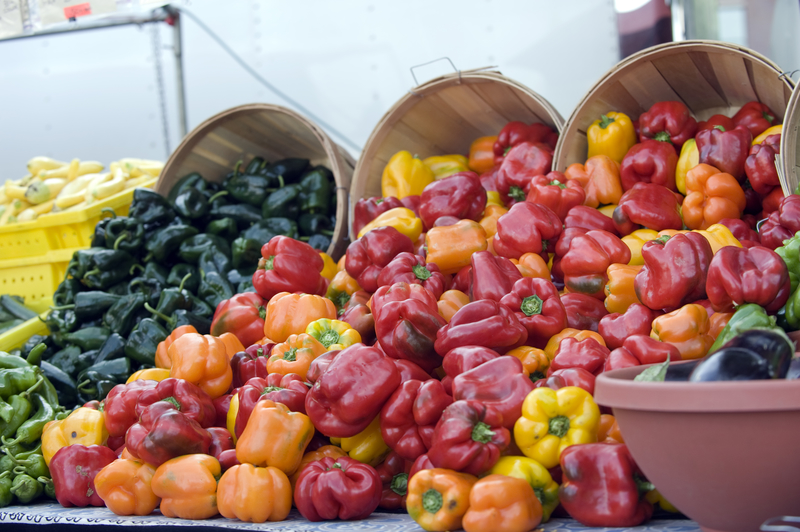Peppers are an ideal survival vegetable to plant in your garden because they can be eaten in a variety of ways: raw, cooked, in salads, on pasta and sandwiches, etc. Even if you don’t like spicy foods, you don’t need to worry. There are definitely other options that can be easily grown in your backyard:
3 Main Categories of Peppers:
1. Banana peppers: They are yellowish in color and have a peppery taste when they are raw but, establish a sweet taste when they are canned.
2. Bell peppers: The colors of a bell pepper can be green, red, yellow, or orange. They can be grown in both large and miniature varieties.
3. Hot peppers: The most common grown hot peppers are jalapenos, red chili peppers, habanero peppers, and ghost peppers.
The Planting Process
It is highly recommended that you plant your peppers AFTER the last frost. You can plant starter plants or grow the peppers from seed.
Peppers can be planted in a raised gardening bed, a regular gardening bed, or in containers or boxes.
It is recommended that the hot peppers remain separated from other plants because of cross pollination.
Another thing to consider is if you want to plant a great number of banana peppers, I would suggest that they have their own area in the garden.
- Plant each pepper plant 18-24 inches apart.
- Make sure that the soil is well-drained when planting your pepper plants.
- Apply compost when planting and follow up with compost every 3-4 weeks.
- Apply mulch around the pepper plants.
- Young pepper plants need about 3-4 hours of full sun a day. Full grown pepper plants need about 6-8 hours.
- Do not overwater your pepper plants.
- Make sure to fully harvest your pepper plants before the first Fall frost.
Common Pests And Possible Treatment
1. Whiteflies
Whiteflies can cause discoloration and possible death to your pepper plants. These pests also carry various plant diseases which they can transfer from plant to plant.
Treatment: Introduce beneficial insects to your pepper garden to help get rid of whiteflies.
2. Aphids
They gather mainly along the stem area and their secretions will actually turn into a mold which can kill the plant.
Treatment: Introduce ladybugs
3. Hornworms
Hornworms are bright green in color and can be spotted mainly on the leaves of a pepper plant.
Treatment: Introduce ladybugs
4. Flea Beetles
If you notice tiny holes on the leaves, it is most likely you have a flea beetle problem.
Treatment: Mulch heavily around your pepper plants
5. Cutworms
If you see a stem that looks like it was cut almost completely in half then you have a cutworm problem!
Treatment: Organic insect spray
Companion Plants
Planting hot peppers next to other plants can give a weird and possibly spicier taste to other plants.
Good Companion Plants
- Carrots
- Lettuce
- Basil
- Radishes
- Squash
- Cucumbers
- Okra
- Oregano
- Spinach
- Onions
Bad Companion Plants
- Apricot
- Cabbage
- Beans
- Fennel
- Walnut trees
- Kale
- Brussel sprouts
Have you successfully grown peppers as a part of your survival garden? Do you have a favorite recipe that calls for them?
Article Source: Survival Life
